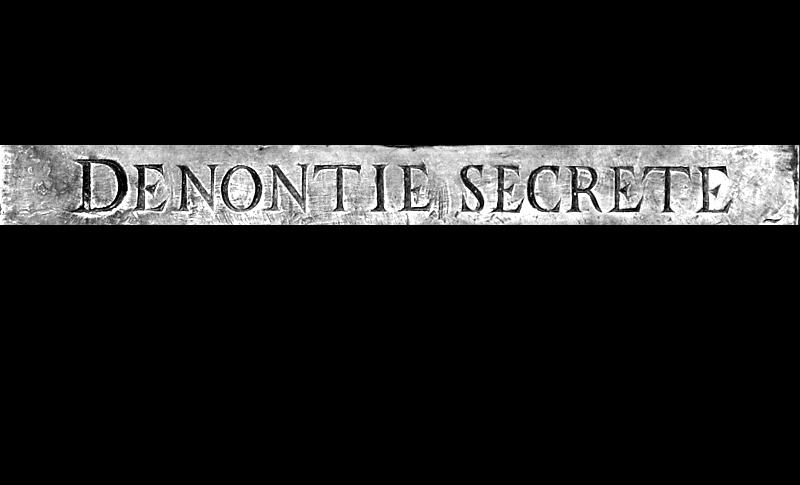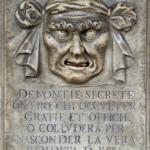Kristian Ireland
the lion’s mouth (for secret denunciations)
for flute, clarinet, tuba, e-guitar, alto voice, violin, viola, cello, double bass, and live electronics.
years of composition: 2015-2017
duration: 19m
premiere: Giga-Hertz-Preis-Festival. ZKM | Zentrum für Kunst und Medien (Centre for Arts and Media), Karlsruhe, Germany. 24 November 2017.
performers: Ensemble Experimental
Noa Frenkel, alto
Maruta Staravoitava, flute
Nils Kohler, clarinet
Jozsef Bazsinka, tuba
Klara Tomljanovic, e-guitar
Marco Fusi, violin
Sophie Wahlmüller, viola
Daniela Shemer, cello
Dario Calderone, double bass
Steven Loy, conductor
SWR Experimentalstudio (Südwestrundfunk | Southwest Broadcasting) (Freiburg)
Michael Acker, live electronics and sound direction
Lukas Nowok, live electronics and sound direction
Constantin Popp, live electronics and sound direction
Organisation
ZKM | Zentrum für Kunst und Medien (Centre for Arts and Media). Karlsruhe, Germany.
Sponsor
SWR Experimentalstudio. Freiburg, Germany.
Concert programme details can be viewed here.
the lion’s mouth (for secret denunciations) (2017) was composed in connection with a residency at the SWR Experimentalstudio in Freiburg, Germany in 2014-2015, completed in Melbourne, Australia in 2017.
The title of this work refers to the boche de leon or lion’s mouths of the Republic of Venice. Appearing at various key sites in the city, the lion’s mouths were installed as a reporting system and monitored by the Council of Ten (Consejo de i Diexe): a tribunal in place during the 14th – 18th centuries. The lion’s mouths were also known as boche per le denunzie segrete, mouths for secret denunciations, in the form of wall-mounted stone masks with mailboxes to which persons could submit information, whether true or false. Thomas F. Madden writes “Perhaps the most visible face of the Ten was the famous bocche dei leoni (lions’ mouths) scattered around the city. . . . written reports, signed or anonymous, were fed to the vigilant lions and later examined by the Ten and the Signoria” (Thomas F. Madden, Venice: A New History (2012), pp. 188-9).
In the lion’s mouth (for secret denunciations) (2017), set as a tableau, the alto voice enunciates the text inscription of a bocca di leone installed (c. 15th century) at the Palazzo Ducale (Doge’s Palace).
Denontie secrete contro chi occulterà gratie et officii o colluderà per nasconder la vera rendita d’essi.
(Secret denunciations against those who conceal graces and duties or collude to hide their true revenue.)
The bocca di leone at the Palazzo Ducale, Venezia. (This image is in the public domain.)
Notably, a bocca di leone is prominent in Amilcare Ponchielli’s opera La Gioconda (1876-80). At the end of Act I which is also titled La bocca dei Leoni (The Lions’ mouth), the character Barnaba posts a denunciation into the stone mouth.
Più sotto: La bocca del leone. . . .
O monumento! Apri le tue latèbre,
spalanca la tua fauce di tenèbre,
s’anco il sangue giungesse a soffocarla!
Io son l’orecchio e tu la bocca: parla.
(Lower down: The Lion’s Mouth. . . .
O monument! Open your recesses.
Open wide your throat of darkness,
Even if blood should choke it!
I am the ear and you the mouth: speak.)
Monologue from Act I of La Gioconda (1876-80). Libretto by Arrigo Boito (as Tobia Gorrio).

